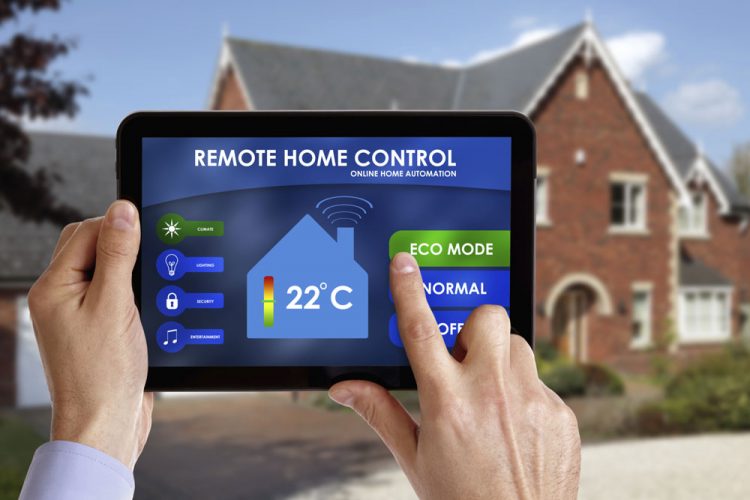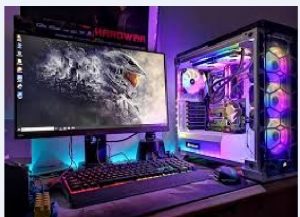
The basic definition of a smart home is a set of appliances which connect to the internet that you can control or automate remotely. The primary reason for the slow growth of the smart home market is because the requirements for each home differs. Two people will not use the same automation. It is that individuality that makes implementing a smart home a step-by-step process. Here are the various components you will need for a smart home:
Lights
Smart lights can reduce your electricity bill. All smart lights are LED, and you can use your phone to set schedules to ensure that lights are only on when you want them. Also, you can remotely switch off any light. You can get connected-bulbs like the Hue or replace the light switch with a smart-switch.
Smart speakers
Use smart speakers like the Echo or Google Home to control other smart devices, stream music, and for everyday tasks like shopping lists. You can also call for cabs, check the weather, and any of the other thousand skills that exist on the platform.
Plugs
You can make any appliance or device in your house smart with a smart plug. Just like the lights, you can control them remotely. Some smart plugs provide and track power use so you can keep track of what uses the most power in your home.
Cameras
Security cameras are also part of the smart home ecosystem. You can trigger certain automation under certain conditions. For example, you can trigger an alert and switch a light on when a camera detects motion. New cameras like those from Nest can even distinguish the sound of breaking glass and generate an alert.







